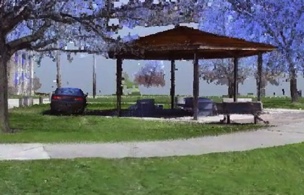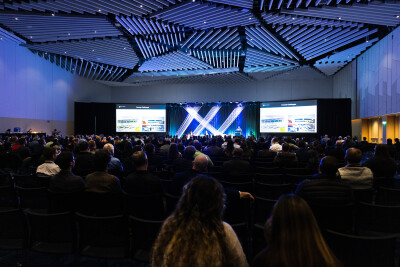A recent longform feature published by PBS Newshour explains that 3D scanning was likely instrumental in the grand-jury investigation of Cleveland Police Officers Timothy Loehman, who shot and killed 12-year-old Tamir Rice, and Officer Frank Garmback, who was driving the patrol car. But for more reasons than you think.
3D for Documentation
The field of forensics has a number of well established uses for 3D scanning. “These scanners preserve crime scenes, collecting almost every visible detail” Newshour author Nsikan Akpan writes, “in recent years, more and more law enforcement agencies have adopted the scanners as part of their forensic routine.”
A 3D scanner captures a crime scene in high detail. It also works very quickly, doing its job in a matter of minutes. It works with a minimum of bias, capturing everything within its range (unlike 2D cameras, which capture only what you put in the frame). All of this means that it is the best technology we currently have for documenting a crime scene in its original, untouched state.
3D for Storytelling
When you take a precise, detailed, photo-realistic 3D model of a crime scene, you already have the basic ingredients for virtual reality storytelling. The objective measurements you gather with a scanner can help communicate something much more subjective: perspective.
The scans gathered at the scene of the Tamir Rice shooting, for instance, were used for recreating various vantage points as well as pure documentation. As the director of communications and public policy at the Cuyahoga County prosecutor’s office, Joseph Frolic, explained, the 3D scans were used to construct “a rough approximation of what you would have seen at the scene.”
BCI special agent Daniel Boerner, whose unit scanned the scene, said they mimicked the officers’ perspective by scanning at the approximate height of the officers in the police car. Viewing the scans, then, shows you what the officers themselves would have seen as they arrived on the scene.
The PBS article asks why no reconstruction was made from Tamir Rice’s perspective–which is a fair question, considering that 3D data itself might not be biased, but using it to tell stories necessarily begins to let in subjectivity and bias. As PBS explains it, most of the reasoning for this omission comes down to the vagaries and complexities of a grand jury trial, which have little regulation about what prosecutors can show a jury as evidence. In these cases, the author explains, it’s often up to the prosecutor to determine what is relevant.
(To learn about a project that aims to use virtual reality to show a police shooting from a number of perspectives–the two police officers, the teenager who is shot, and his brother–check out this story at Wired.)
In any case, it’s clear from the article that 3D reconstructions are making their way into the courtroom more and more often, and are seen as more powerful proof than 2D photographs. (Friend of SPAR Eugene Liscio is quoted pretty extensively toward the end of the article on this point).
“That’s what I see coming,” said Summer Decker, director of Imaging Research at USF Health’s department of radiology referring to her plans to use the HoloLens in court to show forensic reconstructions. “We’re going to be putting these goggles on juries and saying, look around and tell me what you see.”
How this is received in court remains to be seen.






